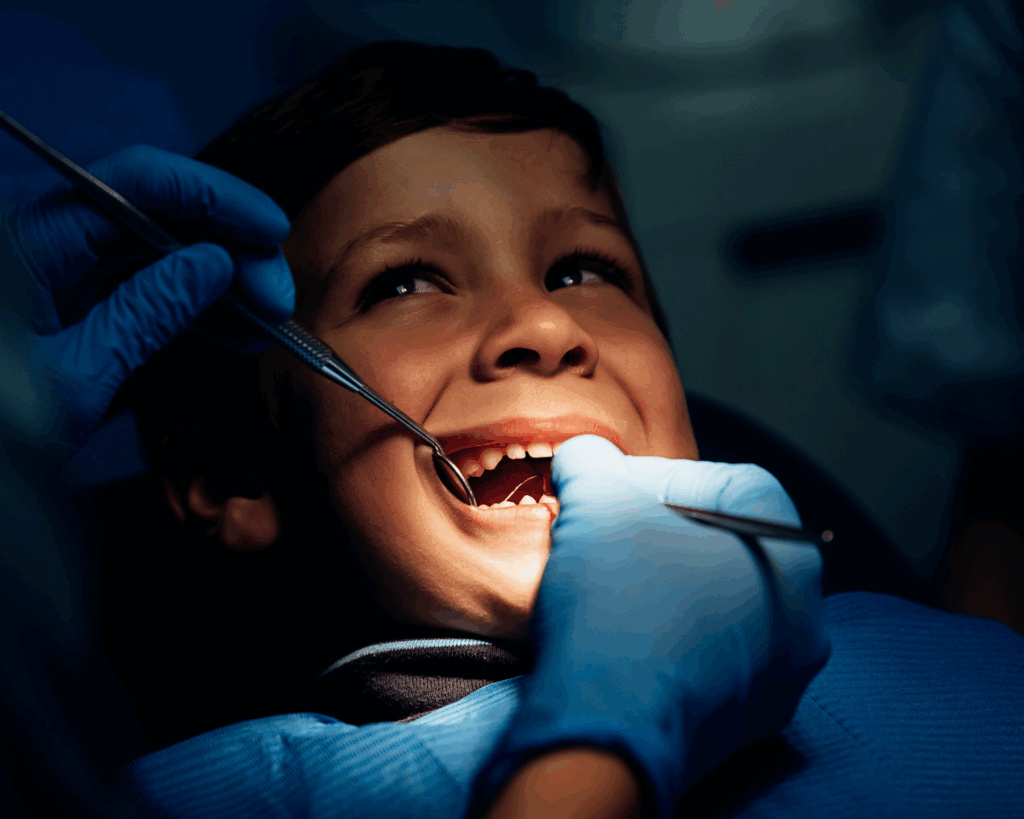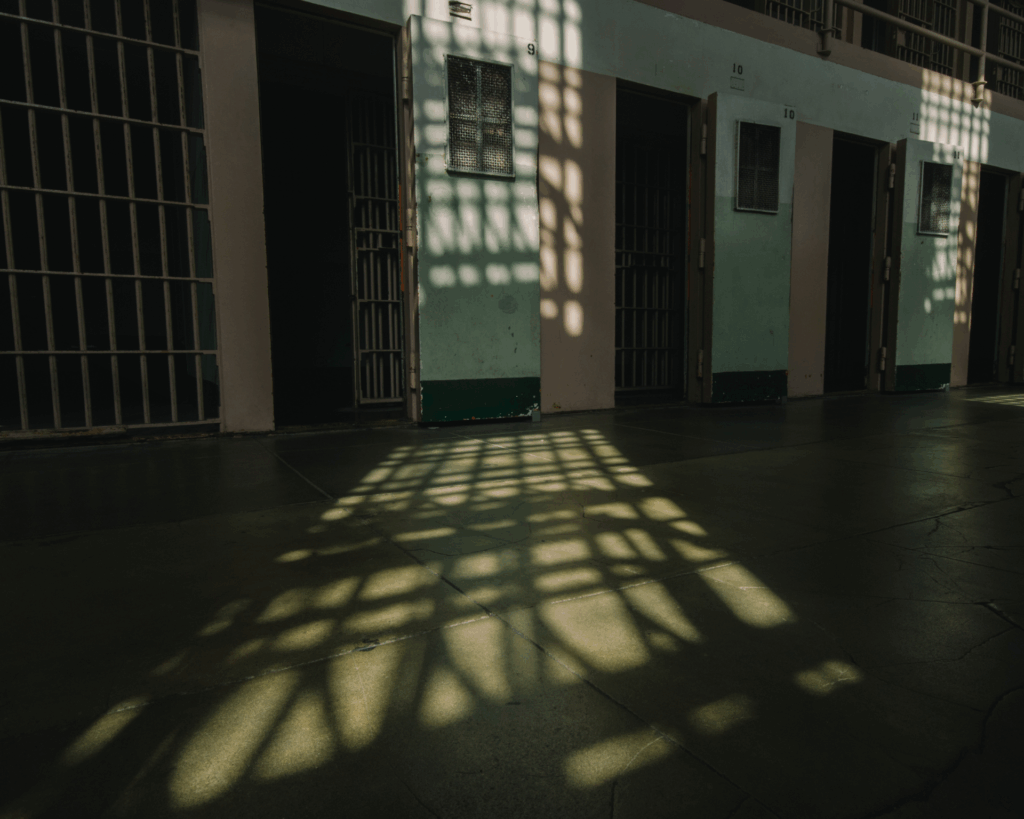Puerto Rico’s Health Data Divide
Puerto Rico faces a significant health surveillance gap compared to the 50 U.S. states, making it ever more difficult to make data-driven decisions that support the well-being of its residents.

Read Time: 2 minutes
Published:
In Puerto Rico, scientists have noted a worrying gap in the CDC’s health surveillance systems, which hampers efforts to assess health needs and secure funding for crucial public health programs on the island.
Anna-Michelle McSorley and colleagues used data from CDC websites to evaluate how well CDC-supported health monitoring and surveillance systems covered Puerto Rico in comparison to the 50 U.S. states. They also wanted to understand the extent to which CDC systems were available in Spanish, the primary language spoken in Puerto Rico.
The CDC uses national health surveillance systems to keep tabs on health data from birth records to flu trends to cancer rates. Information from these systems is used to direct policies, guide federal dollars, and help tackle outbreaks of diseases like COVID-19.
Of the 93 surveillance systems operated by the CDC, only 46% are active in Puerto Rico. In comparison, 67% of systems are active in all 50 states. Even though PR is a Spanish-speaking territory, only 53% of the systems had data collection instruments in Spanish. Without robust surveillance, Puerto Rico is less equipped to support the health of its residents.
An example of a surveillance gap with real health consequences for Puerto Ricans is the Behavioral Risk Factor Surveillance System (BRFSS), used to design and implement public health programming and assess progress towards national health goals. The BRFSS is inconsistently collected in Puerto Rico, making it extremely difficult to make data-driven decisions to work towards these goals.
Puerto Rico receives less funding and attention from the U.S. government than any of the 50 states. This neglect fuels higher rates of asthma, diabetes, HIV/AIDS, and other health challenges. There is a crucial need for the CDC to strengthen data capabilities in Puerto Rico and integrate the island into more U.S. federal programs. The researchers suggest the CDC work closely with health officials to connect the island with additional surveillance systems, expand coverage within existing systems, and expand Spanish data collection.
Databyte via Anna-Michelle McSorley, Betty Cui, Jinwoo Kim, Randall Kuhn. Gaps in U.S. Public Health Monitoring and Surveillance Systems in Puerto Rico. American Journal of Preventive Medicine, 2024.



